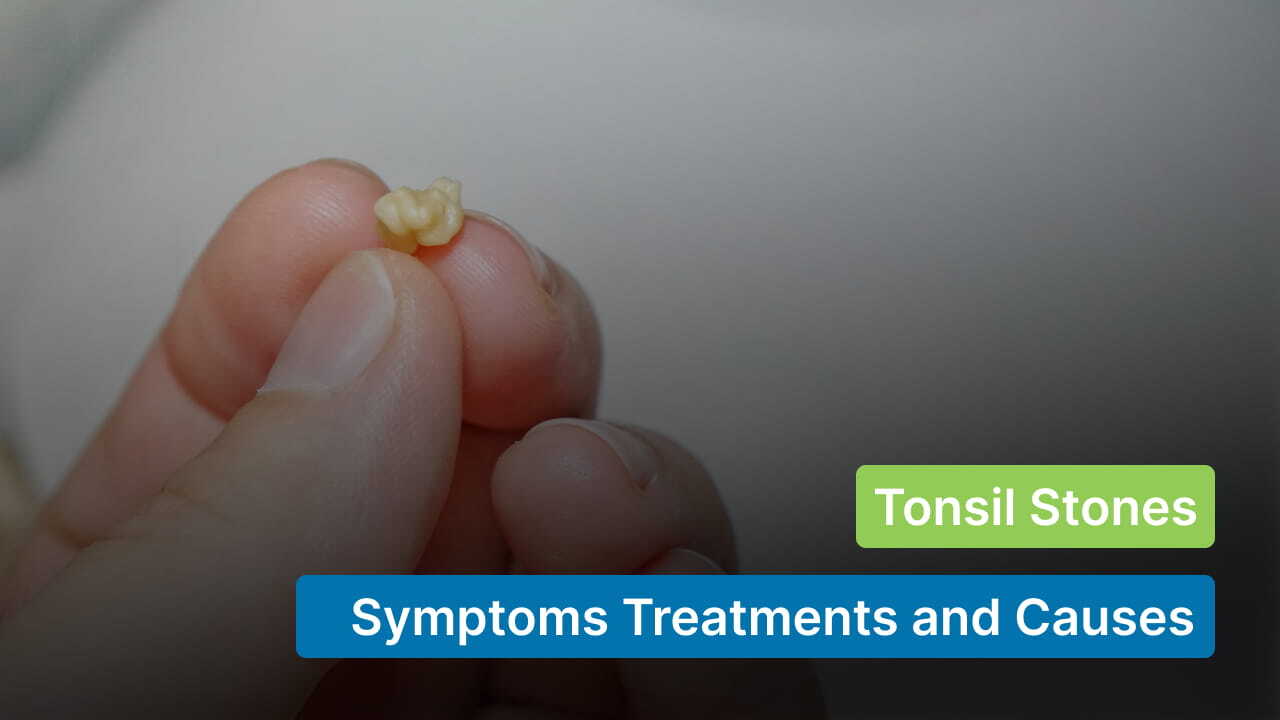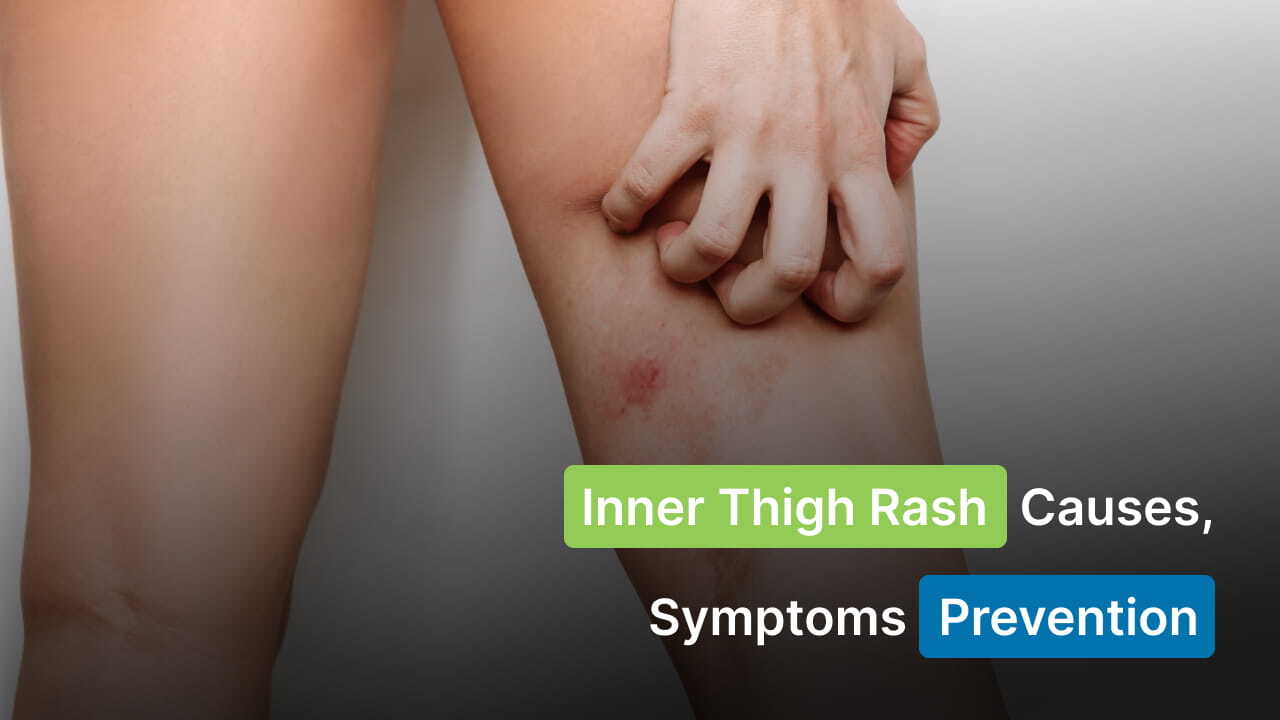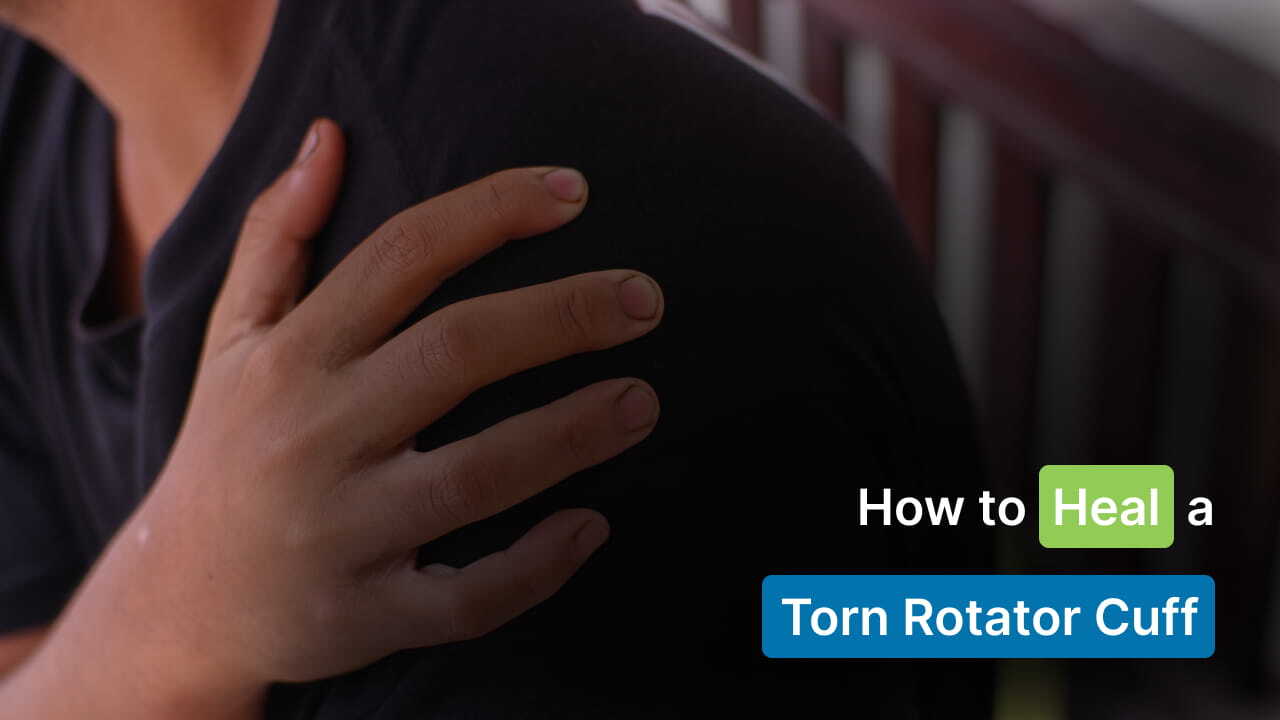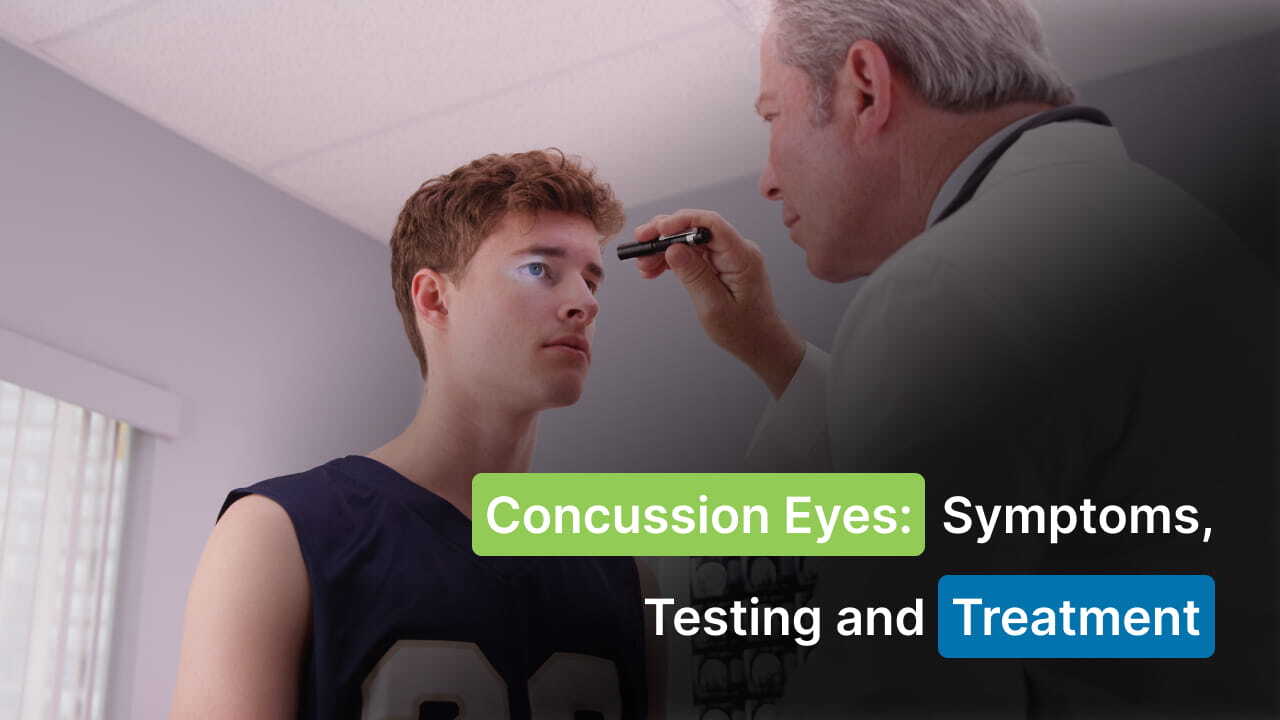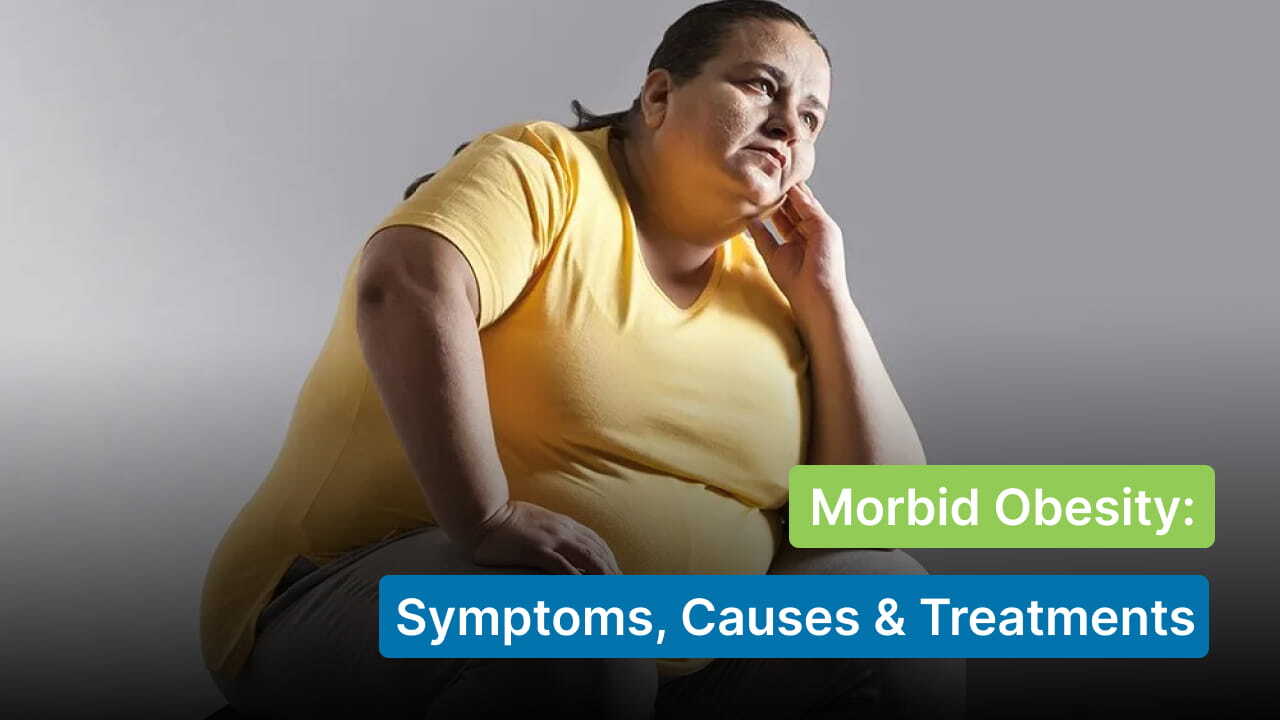
We all know obesity is an unhealthy condition. There’s another term called Morbid obesity. Also known as severe obesity or Class III obesity, morbid obesity is a serious health condition where a person has a lot of extra body fat, putting their health at risk. It's a global issue, affecting millions of people and causing mental, physical, and social problems. Basically, it’s a Body Mass Index (BMI) of 40 or more over an ideal body weight. The worst part about this disease is that it interferes with basic functions such as breathing or walking, which may lead to more serious health issues.
Nearly 9.2% of adult Americans are severely obese, according to the National Institute of Diabetes and Digestive and Kidney Diseases. In fact, other data shows a concerning increase in hospitalizations among individuals with morbid obesity, with many cases resulting in death.
This blog covers all about morbid obesity, its symptoms, causes, morbid obesity treatment options, and a few tips for recovery. Read on!
What is Morbid Obesity?
First of all, keep in mind that being overweight, obese, and morbidly obese are different conditions. Morbid obesity is typically defined using the Body Mass Index (BMI), a measure of body fat based on height and weight. You might be aware that the BMI of a healthy person ranges between 17 and 25. According to clinical guidelines, you are overweight if your BMI is 25 or over. If your BMI is more than 30, you are classified as obese. But, if it’s more than 40, you’re morbidly obese.
For a better understanding, here is a quick glimpse of BMI ranges that classify different weight types:
| Category | BMI (in kg/m2) |
| Underweight | < 18.5 |
| Normal range | 18.5 – 24.9 |
| Overweight | 25 – 29.9 |
| Class I obesity | 30 – 34.9 |
| Class II obesity | 35 – 39.9 |
| Class III obesity | > 40 |
Healthcare practitioners also frequently refer to a patient's having multiple illnesses or diseases at the same time as “comorbidity.” This kind of obesity is appropriately described as “morbid” in medical parlance because class III obesity is regarded as an illness and often coexists with other long-term medical disorders. Several clinical methods are available to treat morbid obesity, and over time, medical researchers have established several types of obesity.
What Is Considered Morbidly Obese?
If you think you've been gaining excessive body weight, you might wonder if you're morbidly obese. Well. According to studies, you may be suffering from morbid obesity if:
i) You have a BMI of 40 or above.
ii) You are at least 45 kgs in excess of your ideal body weight (BW).
iii) You are not able to accomplish weight loss goals despite following a diet and workout regime.
iv) You fit the morbid obesity definition, as your doctor said, even if you are technically below the severe obesity BMI.
In some cases, medical professionals will also measure your waist circumference and the amount of fatty tissue deposits. Instead of causing inflammation in the hips, excess fat around the waist raises the risk of heart attacks, diabetes, strokes, and possibly premature death.
Causes Of Morbid Obesity
Research shows that the causes of morbid obesity are diverse and interconnected, involving genetic, environmental, psychological, and medical factors. Some of the causes are genetic factors (family history or metabolic rate), environmental factors like poor diet, and physical inactivity.
In some people, severe obesity can arise from health conditions, including hypothyroidism and polycystic ovary syndrome (PCOS). Obesity can sometimes also occur due to certain underlying medical conditions, such as from a side effect of a medication like corticosteroids taken from a different health condition.
Exercise and diet plans don't seem to be effective for providing long-term treatment once the problem has been identified. At last, overindulgence in weight gain results from consuming more calories than the body can waste via exercise and daily activities.
Diagnosis of Morbid Obesity
To determine if a person has class III obesity, the doctor will perform an evaluation test. They will ask basic questions regarding your weight history and weight loss efforts. The doctor will also ask about your eating and exercise habits and see if you have/had an existing medical condition. Apart from that, they may:
- Check your BMI
- Calculate your body fat percentage.
- Perform blood tests to look for hormonal or other medical problems.
Symptoms of Morbid Obesity
We can easily make out if a person is overweight simply by looking at their figure. But how do you know if a person is morbidly obese? Here are common signs and symptoms of severe or morbid obesity:
- Shortness of breath
- Snoring during sleeping
- Tiredness and tiredness
- Joint and back pain
- Profuse sweating
- Excess body fat, especially around the waist
- Inability to perform physical activities
- Difficulty sleeping or insomnia
- Joint pain
Aside from having these physical symptoms, being severely overweight can have a detrimental impact psychologically and mentally. Yes, severe obesity can exacerbate anxiety and depression.
As said, poor dietary habits, inactivity, some chronic illnesses, pharmaceutical side effects, and heredity are risk factors for this condition. Fortunately, there are ways to reverse extreme obesity and lower the risk of consequences if you live with it. These treatments may include medication, surgery, or lifestyle modifications. Let’s get into the details.
How To Treat Morbid Obesity?
The best treatment for obesity is to have an active and healthy lifestyle. But since it's a class III obesity, there are possible treatments available:
-
Dietary changes:
Inducing long-term weight loss is most effectively done this way. In general, good nutrition and regular exercise are essential. To the greatest extent feasible, try to stop your habit of smoking or drinking alcohol by consulting a specialist. Be consistent in your sleep schedule, rise early, and lead a balanced, healthful lifestyle. You'll mentally and physically be ready for treatment for morbid obesity if you do this.
-
Medications:
Doctors may occasionally recommend medications for weight loss. While some people may lose weight while using these medications, most gain it back after stopping them. Many over-the-counter and herbal supplements make weight loss claims, but their validity is sometimes questioned.
-
Intense physical activity:
Staying active is key! Even while you might not immediately start going to the gym or joining a badminton club, you can start small by taking quick walks and engaging in easy exercises at home. Treatment for morbid obesity will become more manageable as your level of fitness increases.
-
Bariatric surgery:
Surgery is the last option. It is a procedure that shrinks your stomach so that you feel satisfied with less food. It is geared towards overweight people (mostly with a BMI of 40 or above) who have not had success with other weight loss treatments such as diet, medications, exercise, etc. For bariatric surgery, a patient must have a Body Mass Index (BMI) of 35 or higher in addition to one or more comorbid diseases.
-
Gastric Banding surgery:
During this process, the surgeon bandages the upper portion of your stomach. This reduces the amount of food you can eat at once by making you feel full after consuming modest amounts of food.
-
Gastric Bypass Surgery:
This procedure changes your digestive tract path since part of your stomach and small bowel are bypassed. You will feel satisfied after consuming less food.
Medications for Morbid Obesity
If you’re looking for medications for your obesity, here are popular picks. However, make sure to confirm with your doctor before taking these medications.
- Adipex-P (phentermine): an appetite suppressant stimulant
- Topiramate, or Topomax, is an anti-seizure drug that may be useful in treating binge eating.
- Alli, commonly known as Xenical (orlistat): Prevents the absorption of fat from food and is freely accessible.
- Contrave: A pharmaceutical combination used to treat depression and addiction that may help with hunger and cravings (buprenor and naltrexone).
- Phentermine+topiramate: Qsymia
- Liraglutide injections, such as Victoza or Saxenda, may reduce appetite and aid with cravings.
Tips To Prevent Being Morbidly Obese
If you’re concerned about your weight, here are some useful tips to prevent yourself from being severely obese:
- In a food journal, note down everything you eat, where you are, and how you feel both before and after meals.
- Consume five to nine portions each day of fruits and vegetables. One cup of raw veggies, half a cup of cooked veggies, or a cup of fruit vegetables constitutes a serving of vegetables. One piece of small to medium-sized fresh fruit, 1/2 cup of fresh or canned fruit juice, or 1/4 cup of dried fruit constitute a serving of fruit.
- Always pick whole-grain products, like whole wheat bread and brown rice. Avoid consuming highly processed foods that contain flour, high fructose corn syrup, refined white sugar, and saturated fat.
- Measure and weigh food to determine the appropriate serving amounts. For example, a 3-ounce portion of beef is about the size of a deck of cards. Avoid placing supersized menu orders.
- To assist you lose weight, try cutting back on portion sizes and switching to smaller plates.
- Take note of the portions you eat when reading and using nutrition labels on products.
- Try to get in three or four days a week with an average of 60-90 minutes or more of moderate to severe physical activity. Walking a mile in 30 minutes or weeding and hoeing a garden are two examples of moderately intense exercise.
- Find ways to engage in some sort of action for at least 10 or 15 minutes each day. It's a good idea to start with a short stroll around the block or a few flights of stairs.
When to see a doctor?
If you're worried about your weight or any associated health issues, contact a healthcare provider and discuss obesity management. Explore your weight-loss options and seek treatment accordingly.
Final Note!
So, that was all about Morbid obesity. It turns out that severe or morbid obesity is not an illness, but it can increase the risk of a wide range of health conditions, some of which are potentially fatal. Severe obesity is usually reversible, so seek immediate treatment and follow a healthy lifestyle. Always keep in mind that it doesn't indicate weakness, sloth, or gluttony.
Get immediate medical help if you're worried about obesity or any of its symptoms. Treatments may help avoid potentially dangerous problems and allow people to modify their weight.
FAQs
1. Who is considered morbidly obese?
Ans: A person with a BMI of more than 40 is considered morbid obesity or severe obesity.
2. What is the most effective treatment for morbid obesity?
Ans: Bariatric surgery and weight loss surgery is the most effective treatment for morbid obesity.
3. What medical conditions cause morbid obesity?
Ans: Conditions like hyperthyroidism, Cushing syndrome, polycystic ovary syndrome (PCOS), arthritis, and Prader-Willi syndrome all can lead to severe obesity or morbid obesity.
4. What happens to your body when you are morbidly obese?
Ans: Being morbidly obese can lead to serious health conditions such as type 2 diabetes, heart disease, stroke, musculoskeletal disorders like osteoarthritis, and some forms of cancers like breast and colon cancer.
5. What is the life expectancy of a morbidly obese person?
Ans: The average life expectancy for morbidly obese persons in the US is 58.
Read Also:




